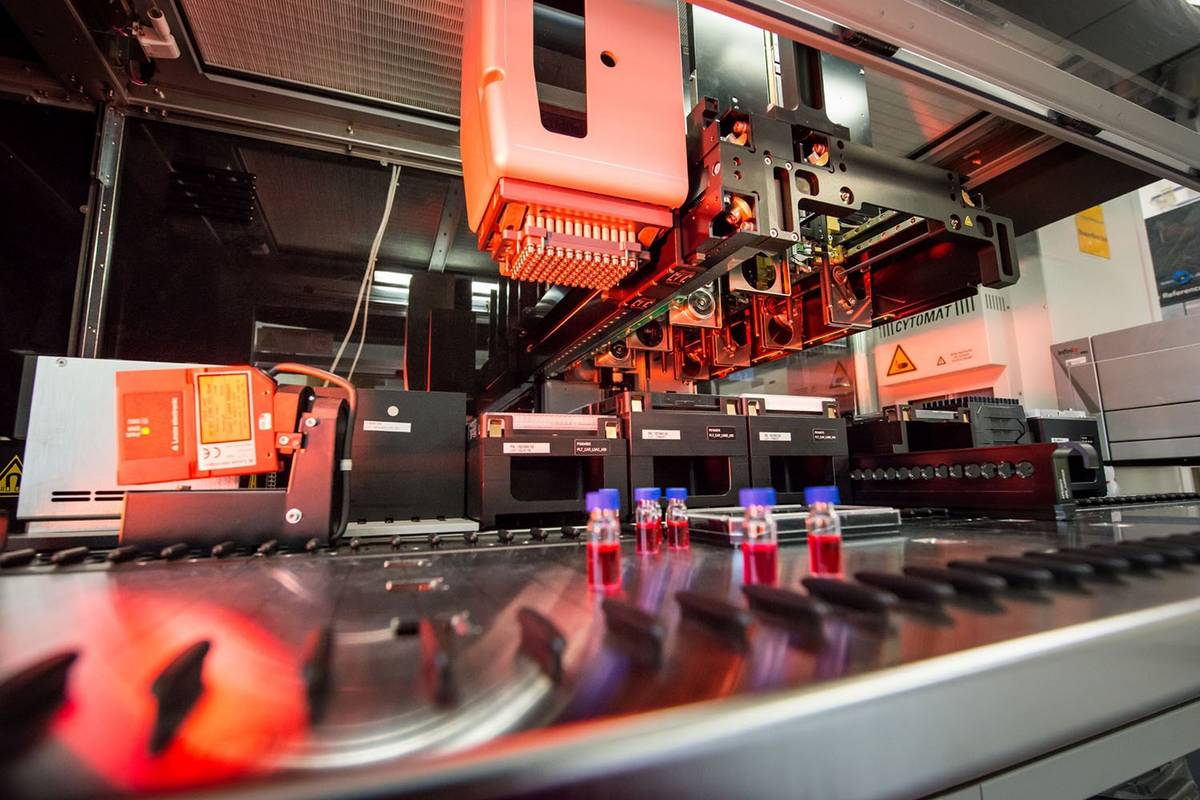Children are exposed to man-made chemicals already before they are born. While progress has been made to reduce toxic substance levels, new chemicals constantly enter the market.
Risk assessment used as a scientific basis for new regulations tends to focus on one chemical at a time to reduce complexity. Still, scientists are convinced that it is necessary to tackle toxicant exposure at the level of mixtures of chemicals. In the Chemical Strategy for Sustainability published in October 2020, the European Commission stresses the need to address the combination effects of substances into the EU legislation to achieve a "toxic-free" environment.
Professor Anne Marie Vinggaard of the Technical University of Denmark, who leads Panoramix, explains: "We are constantly exposed to different substances coming from different sources: from the water we drink to the food we eat. Moreover, a single mixture can be composed of dozens of chemicals, both known and unknown. Finally, some harmful effects might take years to manifest in the population. With Panoramix, we aim to address these critical points with a specific focus on children".
Samples of water, food and human cord blood will be studied to consider human exposure from different environmental compartments. UFZ leads the workpackage on in vitro testing. Thanks to the use of in vitro tests that are increasingly replacing classical animal testing, researchers will focus on a large number of samples for their adverse effects on fundamental biological processes. Samples suspected to contain harmful combinations of chemicals will then be analysed to identify which substances contribute most to these mixture effects. Professor Beate Escher, head of the Cell Toxicology department at UFZ adds: "The platform CITEpro for high-throughput screening of chemicals and environmental samples will for the first time be used to test hundreds of blood samples in diverse high-throughput screening assays and also to design and evaluate identified "mixtures of concern".
The information from in vitro bioasssays will be compared with health outcomes obtained via the Odense Child Cohort, an ongoing project studying the impact of the environment on the development of the fetus and infant for which volunteer women donated their cord blood during their pregnancy and additional series of information on their children were collected throughout their early lives. By linking the results of the in vitro tests on the cord blood samples with the health conditions of the, potential long-term effects induced by chronic chemical exposures will be uncovered. Thus, this research framework will pinpoint the co-occurring chemicals that are most likely associated to specific human health effects and, importantly, their levels in water, food and the human body.
The data generated by the 11 European institutions involved in the public/private Panoramix Consortium will propose safety levels for chemical mixtures in water, food and even the human body to guide regulators in shaping safety policies.
Panoramix is a project funded by the European Commission Horizon Europe program until 2024 under Grant agreement: 101036631. The project aims to deliver a new scientific and regulatory framework to assess risk associated with exposure to chemical mixtures in the water-food-human continuum. Participating institutions include: Technical University Denmark (Lead), Vrije Universiteit Amsterdam, Helmholtz Centre for Environmental Research - UFZ, Brunel University London, University of Southern Denmark, Ecole Nationale Ve?te?rinaire, agroalimentaire et de l’alimentation, PrediTox S.A.S., German Federal Institute for Risk Assessment (BfR), Altertox SPRL, Biomax Informatics AG, Region of Southern Denmark - Odense University Hospital.
Source: Technical University of Denmark (TUD)
Further information
Prof. Dr. Beate Escher
Head of UFZ-Department Cell Toxicology
beate.escher@ufz.de
